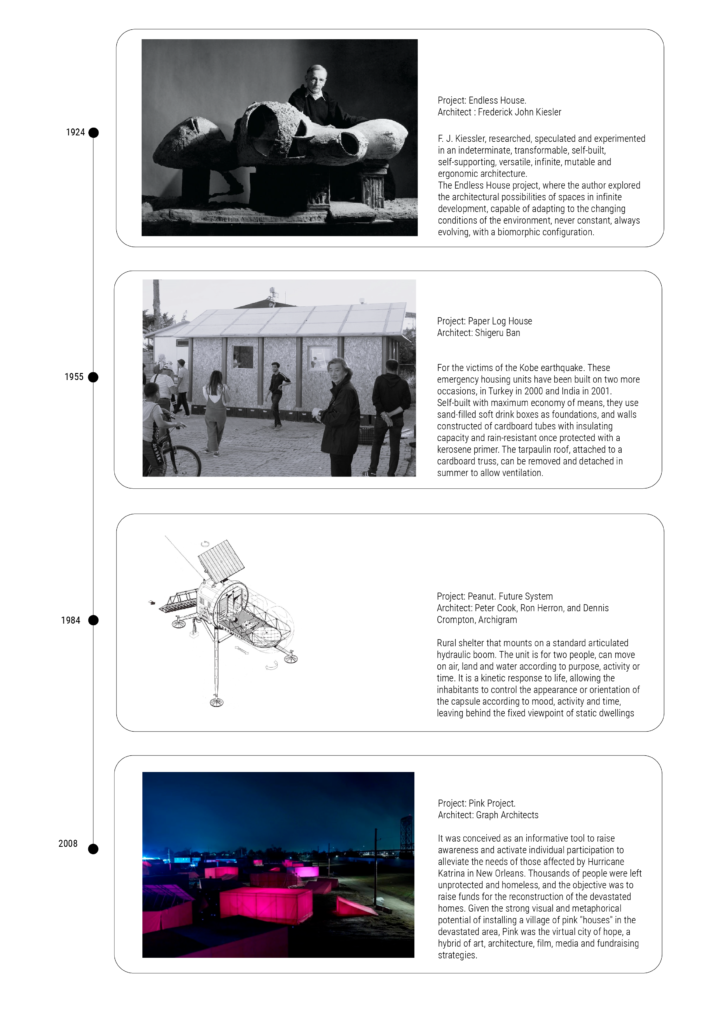Defining Biocities explores the concept of Biocities, urban environments designed in harmony with natural systems to enhance life, To simplify comprehension, we were introduced to key authors, delving into the terminologies they discussed. Through research and exploration, we enhanced our personal understanding of the words and concepts, making the intricate topic more accessible.
- Design For Disassembly
When thinking about “design for disassembly,” the initial image that often comes to mind is a piece of furniture that can be easily dismantled and packed into a flat box, reminiscent of the convenience associated with products from companies like IKEA. However, extending this concept to buildings involves a more intricate and innovative approach.
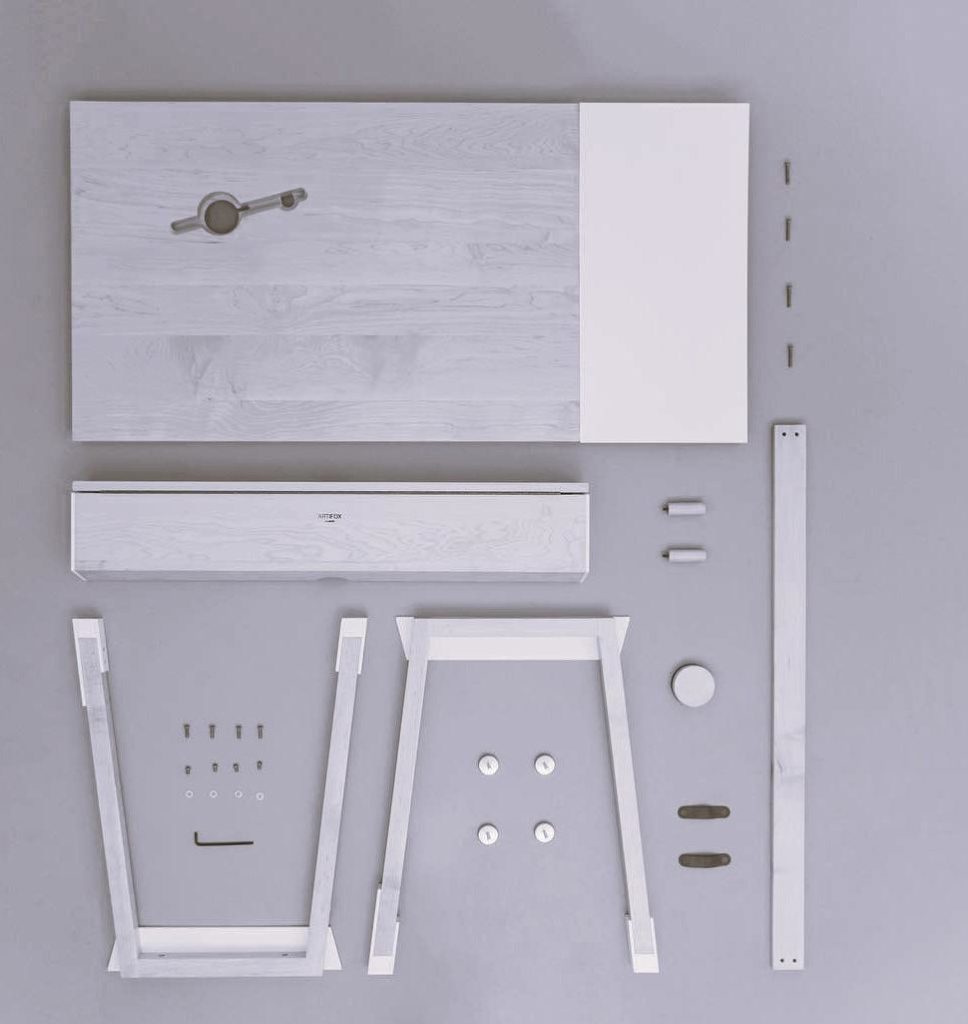

“Design for disassembly” is an approach that emphasizes creating products, structures, or systems to make their disassembly and separation of components easier. In the context of buildings, this concept involves designing structures in a way that facilitates the eventual dismantling or deconstruction of building elements for reuse or recycling.
The relationship between “design for disassembly” and buildings is significant in the realm of sustainable architecture and construction. Traditional construction methods often make it challenging to separate materials during demolition, leading to increased waste and environmental impact. However, with a focus on design for disassembly, architects and builders consider factors such as modular construction, standardized connections, and the selection of materials that can be easily disassembled.
By incorporating design for disassembly principles into building projects, it becomes feasible to recover and reuse materials when structures reach the end of their lifecycle. This not only reduces construction waste but also contributes to a more circular and sustainable approach to the built environment. Ultimately, the concept of design for disassembly aligns with the broader goals of promoting resource efficiency, minimizing environmental impact, and fostering a more sustainable and responsible approach to construction and architecture.
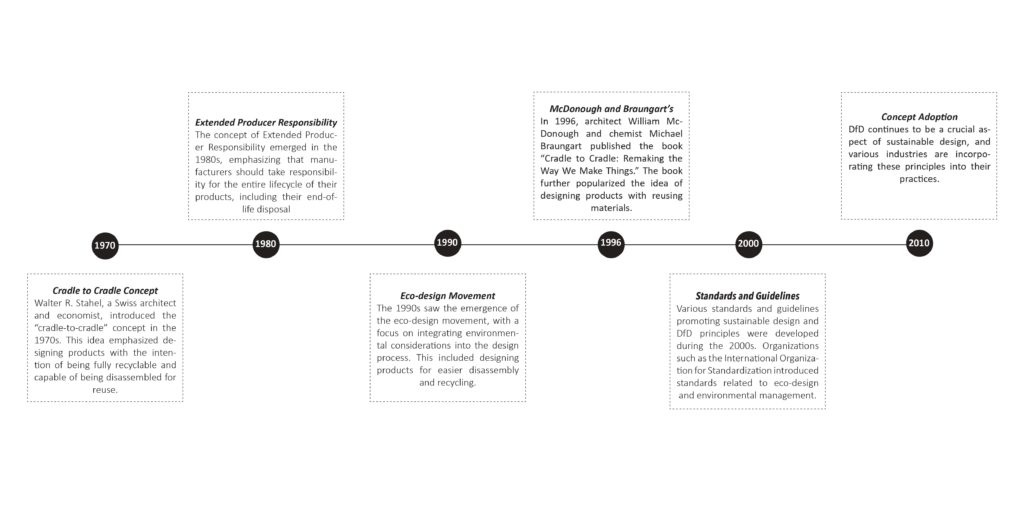
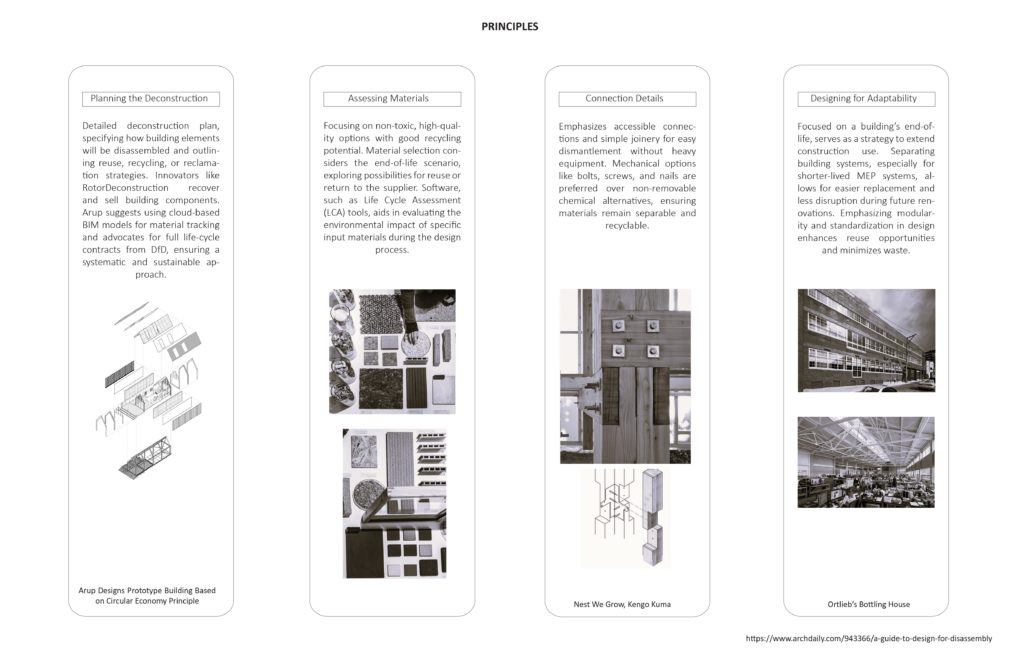

We must demonstrate wisdom in designing buildings for disassembly. Our actions today should be approached with a careful consideration of their long-term impact, anticipating how structures will evolve in the coming years. By incorporating foresight into our design processes, we can proactively plan for disassembly, ensuring that buildings can be systematically taken apart when needed. This forward-thinking approach not only reflects environmental responsibility but also positions us at the forefront of sustainable architecture, contributing to a future where our structures are adaptable, resource-efficient, and aligned with the evolving needs of our communities and the planet.
2. Light Earth
Light earth designs are known for their sustainability and minimal energy consumption during construction. These structures utilize natural materials such as earth, straw, and wood, which are often locally sourced, reducing the need for energy-intensive processes and materials. Light earth designs prioritize energy efficiency, often providing excellent insulation, which results in reduced energy consumption for heating and cooling. This sustainable approach contributes to a lower carbon footprint and aligns with eco-friendly building practices, making them an environmentally responsible choice in architecture and construction.
Light earth serves as a versatile infill material for various building elements. Light earth-building methods are based on the use of earth slip, a mix of clayed earth and water, and aggregates or fibres. In 1920 it was known as Traditional Straw-clay but layer it was renamed to Light earth in 1944

3. Geospatial data
Geospatial data, or geodata, is data that includes information related to locations on the Earth’s surface. You can map objects, events, and other real-world phenomena to a specific geographical area identified by latitude and longitude coordinates
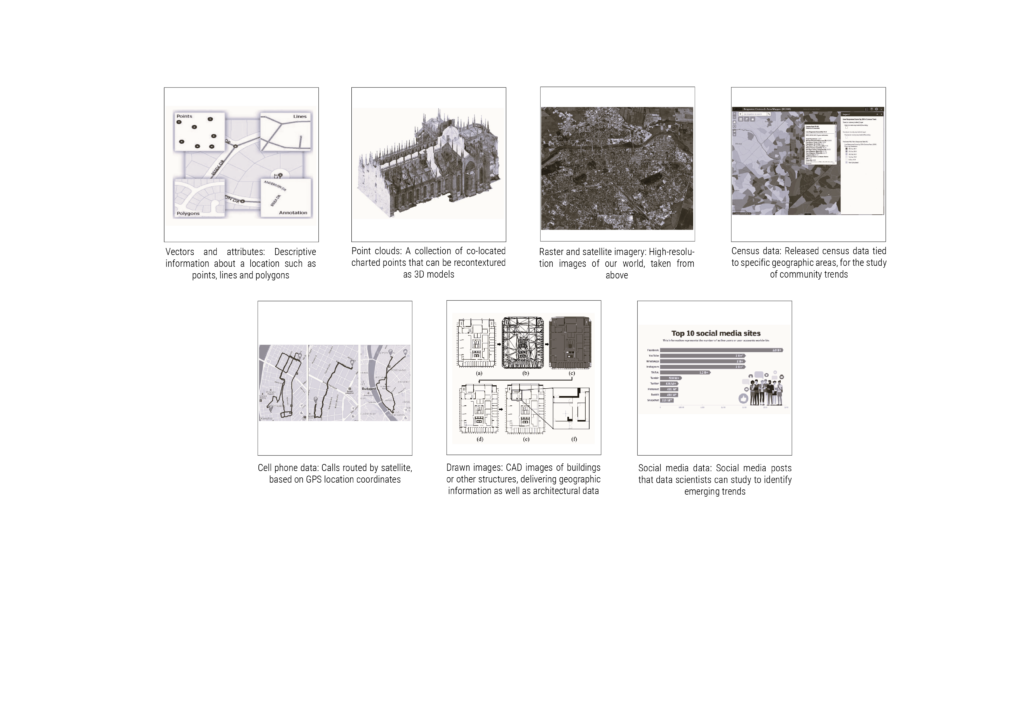

4. Ephemeral architecture
Ephemeral architecture is the art or technique of designing and building transient structures, that last only a short time. Ephemeral art has been a constant in the history of architecture, although a distinction must be made between constructions conceived for temporary use and those that, despite being built with durability in mind, have a brief expiration due to various factors, especially the poor quality of the materials (wood, adobe, plaster, cardboard, textiles), in cultures that would not have sufficiently developed solid construction systems.
